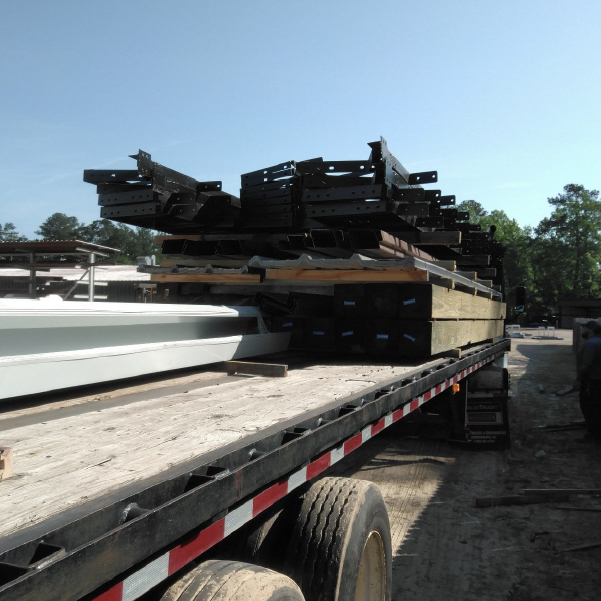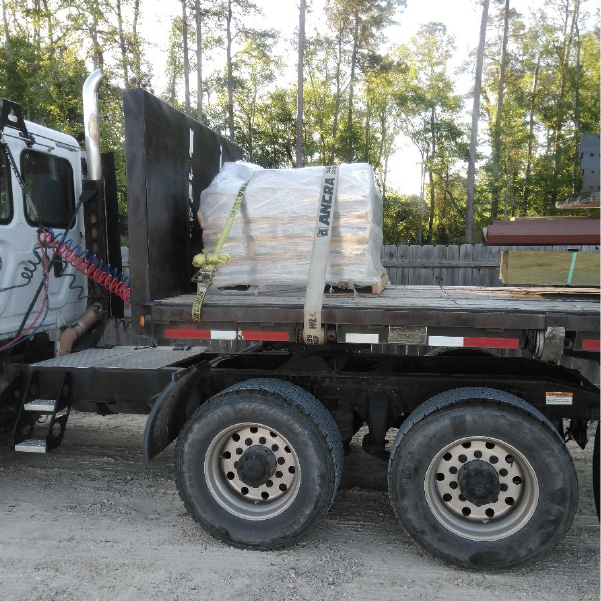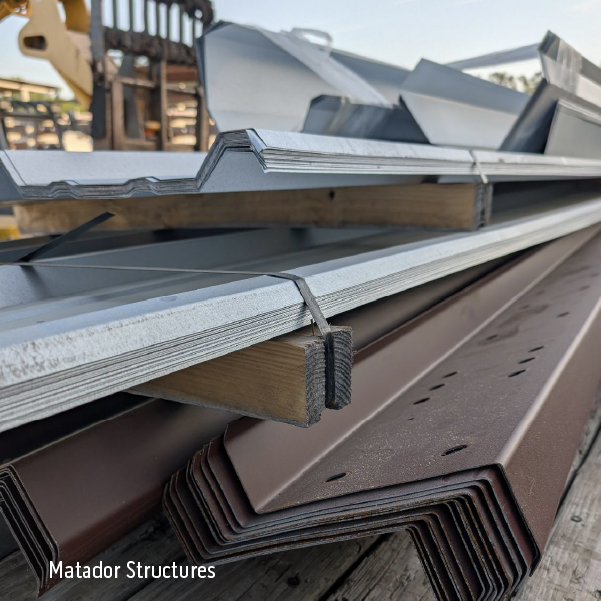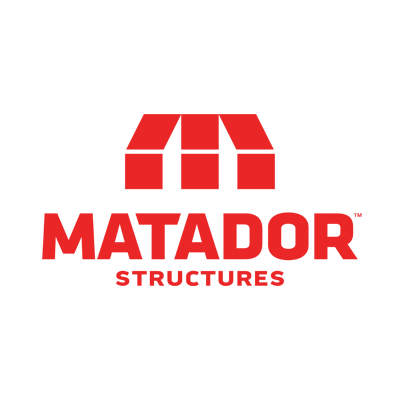Pole Barn Kits vs. Custom Builds: Which Route Fits Your DIY Personality
October 29, 2025
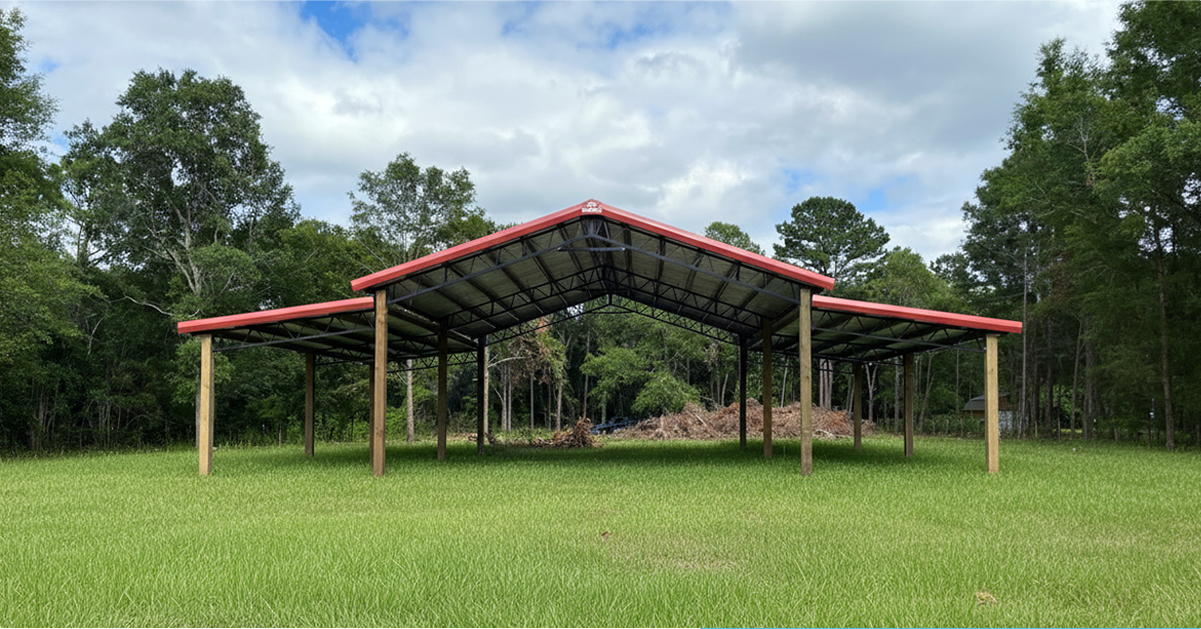
Choosing between a pole barn kit and a custom post-frame building feels bigger than a price comparison. The choice sets the construction approach, the decision-making workload, and the level of engineering support behind every connection. A clear understanding of what “kit,” “semi-custom,” and “custom pole barn” actually mean turns a confusing marketplace into a set of predictable paths.
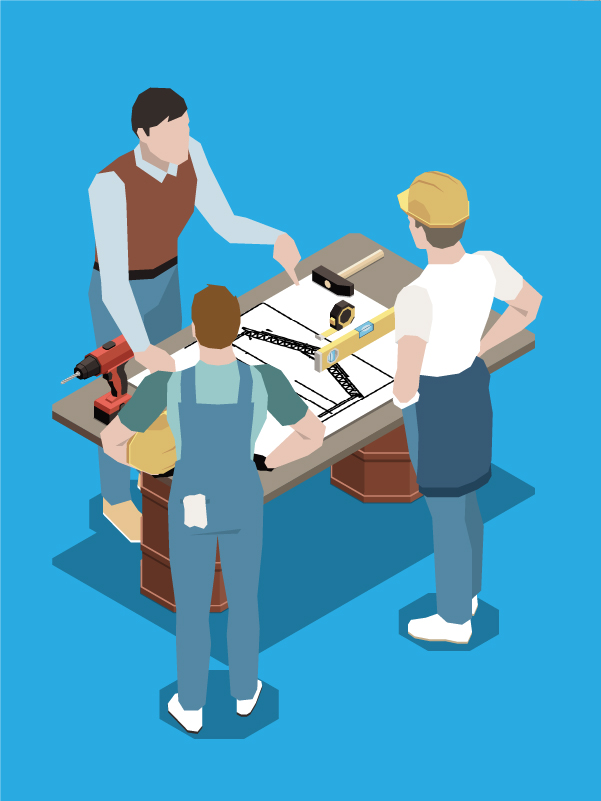 A kit packages a proven design and a specific material list for speed and price predictability. A full custom post-frame building adapts the structure to local loads, site constraints, and a unique layout. A semi-custom package blends both by starting with a base model and applying targeted engineered changes. Whether you’re comparing different types of pole barns or planning your first DIY project, understanding each option brings clarity and confidence to the process.
A kit packages a proven design and a specific material list for speed and price predictability. A full custom post-frame building adapts the structure to local loads, site constraints, and a unique layout. A semi-custom package blends both by starting with a base model and applying targeted engineered changes. Whether you’re comparing different types of pole barns or planning your first DIY project, understanding each option brings clarity and confidence to the process.
When a 30x40 garage concept lives only on a sketch, a kit offers a standard footprint with a matching truss package. A full custom design can stretch bay spacing for a longer truck, shift doors for wind exposure, and upgrade for a heavy roof snow load or a future mezzanine without patchwork changes. If you're planning to build a pole barn, our step-by-step guide explains the process.
Key Insight: A kit delivers repeatable simplicity and a predictable bill of materials. A full custom design delivers engineering flexibility for site forces and unique layouts. A semi-custom package focuses engineering dollars where performance matters most.
Let’s Get Our Bearings: What 'Kit' And 'Custom Pole Barn' Actually Mean
Pole barn construction, also called post-frame construction, uses widely spaced vertical columns and engineered roof trusses to carry loads with fewer continuous foundation elements. A kit brings that post-frame system as a bundled package. A custom project, often called a full custom build, begins with site data and desired use, then an engineer sizes every component around specific conditions. A semi-custom path keeps the base model and adds engineered changes for loads, openings, and interior plans. Each route can produce a strong, durable building when design assumptions match real-world forces and use. Each approach shares the same foundation: columns, trusses, and roof panels. But they differ in how those components come together and how much flexibility you have in selecting building materials.
What A Pole Barn Kit Usually Includes And Why It Feels Simple
A standard pole barn kit usually includes engineered roof trusses, framing lumber or columns, metal roofing panels, purlins and fasteners. Most prefabricated kits include basic plans and assembly guidance that align with the packaged materials. Most suppliers exclude site preparation, concrete work, slab reinforcement, permit fees, delivery equipment, and erection labor. The kit stays simple because the design is fixed around assumed loads and standard openings. Vendor support often covers product questions and plan clarifications, while construction sequencing, inspections, and local adjustments remain owner responsibilities. That level of convenience makes kits appealing for owners who want everything delivered together and ready to assemble on their property.
What A Custom Pole Barn Unlocks That A Kit Cannot
A full custom post-frame design starts with local load data and site factors. A structural engineer sizes trusses, purlins, girts, and columns for ground snow load, roof snow load, wind speed, and exposure category. This is the full custom route, where every structural element is engineered for a specific site rather than chosen from stock assumptions.
A custom pole barn supports door placement anywhere along a wall, not only where a stock bay allows. It also handles taller eave heights, wider clear spans, and heavier roof systems without guesswork. The engineering team selects bracing schemes for diaphragm action and shear walls, then delivers stamped drawings for permitting and inspections.
The result matches a specific zip code, soil report, and layout rather than a generalized region. That level of customization ensures the building performs safely and efficiently under real-world conditions, which is something no off-the-shelf kit can guarantee. For owners building on challenging terrain or expanding existing barns, the custom approach ensures that every component fits the site and function precisely.
Where A Semi-Custom Pole Barn Fits When You Want Some Freedom
A semi-custom package starts with a prefab base kit that already fits a common size, then adds targeted engineering and component upgrades. Typical changes include higher snow or wind ratings for the roof system, tighter purlin spacing, different bay spacing for a planned door, and a modest change in eave height to clear a lift or a tall RV. Optional components such as wall panels or trim can be added if the structure requires full enclosure. The semi-custom approach preserves kit-style delivery and a single vendor point of contact while addressing non-negotiable site forces and a few personal layout needs. The result reduces technical risk without requiring a blank-slate design process.
How Your DIY Style Points To The Right Build Path
DIY style influences the best route as much as size or price. A weekend crew with a rented telehandler (a lift used to set trusses) can stand columns and set trusses quickly, but the weeks after framing often involve detailed flashing, careful installation, and inspection coordination. A kit favors builders who prefer fewer decisions and predictable logistics. A full custom route favors owners who want control over performance targets, layout, and future adaptability. A semi-custom package fits many ambitious DIYers who want to self-perform framing and metal while outsourcing engineering complexity to the supplier’s design team.
Self-performing framing and metal work requires time, focus, and safe equipment handling. Owners who enjoy carpentry but dislike decoding span tables benefit from vendor-engineered solutions that pre-answer load questions. Renting an auger, a skid steer, or a telehandler improves efficiency and safety during column setting and truss placement. A semi-custom package aligns well with that hybrid mindset because engineered drawings clarify inspection points and material needs before the first hole gets drilled.
Decision ownership creates a real workload for any construction project. A kit reduces the number of choices but still requires accurate site orientation and elevation planning. A full custom design welcomes specific goals such as a mezzanine over the back third or a crane beam in a center bay. Owners who enjoy project management usually appreciate that freedom, while those who prefer predictability often prefer a kit or semi-custom configuration that bundles the critical engineering decisions at the supplier level.
Pro Tip: A clear schedule aligns truss design, header sizing, and wall bracing before materials are ordered, which prevents on-site redesign and delays.
When Climate And Code Change The Rules For Your Pole Barn Design
Local climate and code requirements can override personal preference. Ground snow load, roof snow load, wind speed, and exposure category directly affect truss design, purlin size, diaphragm bracing, and column spacing. Frost depth and soil bearing capacity affect foundation details and uplift resistance. Many jurisdictions require engineered stamped drawings for permits, and inspectors rely on those drawings during foundation, framing, and final inspections.
A base kit sometimes needs upgrades to meet local conditions. A custom pole barn design addresses the same variables from the start and often moves through plan review faster. A semi-custom package can bridge the gap, adding engineered trusses or stronger bracing for local loads without starting from scratch.
Wind: The Invisible Design Drivers
A coastal or plains project with higher wind speeds and Exposure C terrain often requires stronger diaphragm action in the roof and improved fastener schedules. A standard kit can meet those demands when the supplier offers engineered upgrades. A custom package is designed from the ground up for those forces and usually avoids field adjustments.
Soils, Frost, And Foundations: What Your Posts Sit In Matters
Post-frame buildings transfer loads through embedded columns, pier foundations, or precast column bases. Soil bearing capacity and frost depth determine footing size, embedment depth, and the need for uplift anchors. Poor drainage around the building increases heave risk and long-term maintenance. Insulated slabs for shops or shop-with-living spaces benefit from careful moisture control through vapor retarders and edge insulation details. A kit often leaves foundation choices to the owner or local contractor. A custom or semi-custom package can include engineered foundation details that match the soil report and climate zone from the start. In high demand climates, a fully engineered, full custom design provides assurance that the structure will perform safely and meet all code checkpoints.
Permits And Inspections: Who Stamps The Plans And Why It Helps You
Permitting offices commonly require engineered stamped drawings that reference ASCE 7 design loads and local code amendments. An engineer of record validates truss design, lateral bracing, and diaphragm details on the plans. Inspections typically occur at post holes or piers, after framing, and at completion. The stamped drawings guide each inspection and protect owners from subjective rework. A kit supplier with in-house or partner engineering can simplify this process by delivering plans that meet local requirements. A full custom design builds the same compliance into the first conversation, which can smooth plan review for larger or more complex projects.
Important: Skipping engineered plans or building without a permit creates serious risk. Non-compliant construction can face stop-work orders, failed inspections, and insurance complications after storm damage or a fire.
Q: Will a standard pole barn kit pass inspection in a high-wind area?
A: Many kits can pass inspection after engineered upgrades. A supplier or engineer must confirm wind speed, exposure category, and bearing soils, then adjust the truss design, purlin spacing, bracing, and foundation details to comply with local code.
Pay Now Or Pay Later: Understanding Pole Barn Costs Over Time
A low material quote feels decisive during planning. The real cost emerges over the full timeline: engineering time, permit review, delivery logistics, rentals, labor, change orders, and operating costs during winter and summer. Upfront savings from a kit can erode when a jurisdiction demands higher loads, when a large door requires re-engineered headers, or when condensation control becomes an urgent add-on after the first season. An engineered, custom, or semi-custom package can cost more at purchase but often reduces rework and improves durability, lowering the total cost of ownership.
Upfront Vs. Downstream: Where Money Hides
Material price covers only part of a pole barn budget. Freight surcharges, equipment rentals, and delivery offloading can catch owners by surprise. Permit timelines can shift concrete schedules and increase storage requirements for delivered materials. A semi-custom or custom plan that absorbs realities on paper often shortens the active build window and prevents double-purchasing hardware or panels.
Performance Costs: Doors, Insulation, And Condensation Control
Building performance drives recurring costs after the ribbon-cutting. Higher-quality overhead doors with better seals reduce heat loss and dust intrusion in a working shop. Spray foam, blown-in blanket systems, and rigid foam each contribute differently to air sealing, R-value, and moisture control. A base kit often leaves those choices open, which lowers the quote. A semi-custom package can include a coordinated envelope strategy that protects tools, finishes, and energy budgets for years.
Resale And Adaptability: Value You Might Not Count Yet
Future buyers and appraisers care about engineered documentation, permit compliance, and flexibility for new uses. A shell designed for a future mezzanine or a heavier roof system handles inevitable changes better than a bare-minimum structure. A compliant building with clearly documented loads and details usually faces fewer questions during appraisal, which can matter for financing and resale. A semi-custom or full custom approach that anticipates change often delivers outsized value for a modest upfront premium.
Q: Is a kit always cheaper than a semi-custom or custom package?
A: A base kit usually carries the lowest purchase price, but requires upgrades for things like snow, wind, doors, or insulation, which can narrow the gap. A semi-custom package often reduces total cost by preventing rework, delays, and performance add-ons after construction.
Design Your Pole Barn Or Barndominium For The Life You’ll Live In It: Garage, Shop, Or Shop-With-Living
Intended use shapes structure and code obligations as much as footprint. A light-use garage with one or two overhead doors remains friendly to a prefabricated base kit. A serious workshop with point loads from machinery, a vehicle lift, or a dust collection system benefits from engineered trusses, upgraded door packages, and a slab with specific reinforcement. A shop-with-living plan, sometimes called a barndominium, triggers energy code, fire separation, and egress requirements that often push a package toward semi-custom or full custom for smooth approval and comfortable living.
Hobby Garage To Serious Shop: When The Structure Must Level Up
A workshop with a lift demands a clear height and truss design that preserves headroom while carrying roof loads. Wide overhead doors for RVs or tractors require engineered headers and additional bracing around openings. Heavier machines introduce concentrated loads that travel through slab reinforcement into the soil. Early electrical planning for welders, compressors, and ample task lighting helps position panels, conduits, and service entrances without mid-build changes. A semi-custom package that pairs door engineering with slab specifications and truss adjustments keeps DIY momentum high without compromising safety or performance.
Shop-With-Living: Comfort And Code Under One Roof
Mixed occupancy introduces distinct code triggers. Fire separation between the shop and living space requires specific wall and ceiling assemblies. Bedroom egress windows and safe stair geometry become mandatory where a loft or mezzanine supports living areas. Energy code requirements drive wall, roof, and slab insulation choices to improve comfort and reduce utility bills. Moisture management becomes central in a metal-clad building because warm interior air can condense on cold panels without a proper vapor retarder and air seal. A full custom or well-specified semi-custom plan coordinates those assemblies so inspections, comfort, and durability align.
Sizing Up 40x60 And Beyond: Where Kits End And Custom Begins
Standard sizes like 30x40 and 40x60 provide helpful anchors for planning. Many suppliers stock 40x60 kits with typical eave heights and door packages. Real-world needs often shift details beyond a base kit. A 40x60 equipment barn with a 16-foot eave height and a 20-foot-wide gable-end door demands engineered headers, rethought bay spacing, and tailored bracing for lateral loads. Local snow and wind requirements further adjust truss capacity and purlin spacing. A semi-custom or full custom pole barn package matches those changes without improvised field solutions.
| Feature/Aspect | Kit | Semi-Custom | Full Custom |
| Design Basis | Stock loads and standard openings | Base plan with targeted engineered upgrades | Site- and use-specific engineering from scratch |
| Permit Readiness | Often needs upgrades for local loads | Typically permit-ready with selected ratings | Permit-ready with stamped drawings tailored to the site |
| Door Flexibility | Limited to stock bays and sizes | Adjusted bays and engineered headers for key doors | Full freedom for placement and size |
| DIY Complexity | Lowest decision load; predictable logistics | Moderate complexity with strong vendor guidance | Highest decision load; more coordination required |
| Long-Term Value | Strong value when loads and layout are modest | High value by preventing rework and performance add-ons | Highest adaptability and documented performance |
Semi-Custom Is The Middle Lane That Fits More People Than You Think
The semi-custom path often balances budget, speed, and performance better than either extreme. The base plan stays intact when the standard design works well. A focused set of engineered changes raises the roof rating for local snow load, adjusts purlin spacing for wind exposure, and tightens the opening package around one or two large doors. The supplier remains the single source for plans, materials, and support, simplifying scheduling and reducing conflicts among separate vendors.
Typical semi-custom moves include a truss upgrade to a defined ground snow load, a diaphragm bracing detail meeting local wind speed requirements, a door package with heavier frames and better seals, and a modest eave height increase for a lift. Each targeted change prevents downstream cost by removing uncertainty before material ordering. Many owners start with a kit quote, share the zip code and desired door schedule, and receive a refined semi-custom package that keeps DIY framing fun and keeps inspectors satisfied.
Choose With Confidence: A Simple Way To Move Forward
Confidence grows from a short sequence of clear conversations. A productive first call or email to a reputable kit supplier or design-build post-frame contractor starts with a zip code, intended use, desired door sizes and locations, and a rough footprint. An engineer-backed vendor returns with loads for the region, a recommended roof system, and a layout path that aligns with permitting. A follow-up quote clarifies whether a base kit, a semi-custom package, or a full custom design fits the goals, the schedule, and the budget.
If you’d rather explore options hands-on before that first call, try our Pole Barn Builder Tool to customize dimensions, roof specs, gables, and other details for your project.
Apples-to-apples comparisons depend on shared assumptions. A quote that includes stamped drawings, truss calculations, door specifications, insulation strategy, and delivery logistics provides a realistic picture of the project. A vendor with clear inclusions and exclusions reduces surprise costs and avoids mid-build scrambles. Lead times for trusses and metal panels often set the start date, so early verification of manufacturing schedules keeps excavation and concrete on track. Booking equipment rental based on a confirmed delivery window protects the build weekend when friends and family are ready to support.
Site preparation and foundation decisions benefit from alignment before final ordering. A soil conversation that covers bearing capacity, drainage, and frost depth fine-tunes column embedment or pier design. A slab plan with reinforcement, vapor control, and insulation supports machine loads and comfort goals. An engineer of record who stamps those details provides inspectors with a roadmap, shortening review time and preventing field redesigns. A vendor that owns the engineering conversation often accelerates the entire timeline from layout to final walk-through.
Q: How can a first conversation reveal the right path without a full design?
A: A vendor can map ASCE 7 loads to a zip code, review door sizes and locations, and compare base bay spacing to the plan. That quick review usually shows whether a kit works as-is, a semi-custom upgrade solves the gaps, or a full custom design makes more sense for performance and code.
Matching the route to personal style and site realities removes stress from a dream project. A base kit fits a light-use garage on a forgiving site. A semi-custom package fits most serious DIY shops with one or two big doors and a winter to fight through. A full custom design is suited to high loads, complex interiors, and mixed occupancies that demand a deliberate engineering approach. A short, focused vendor dialogue turns those truths into a plan, a permit set, and a schedule that the crew can trust.



